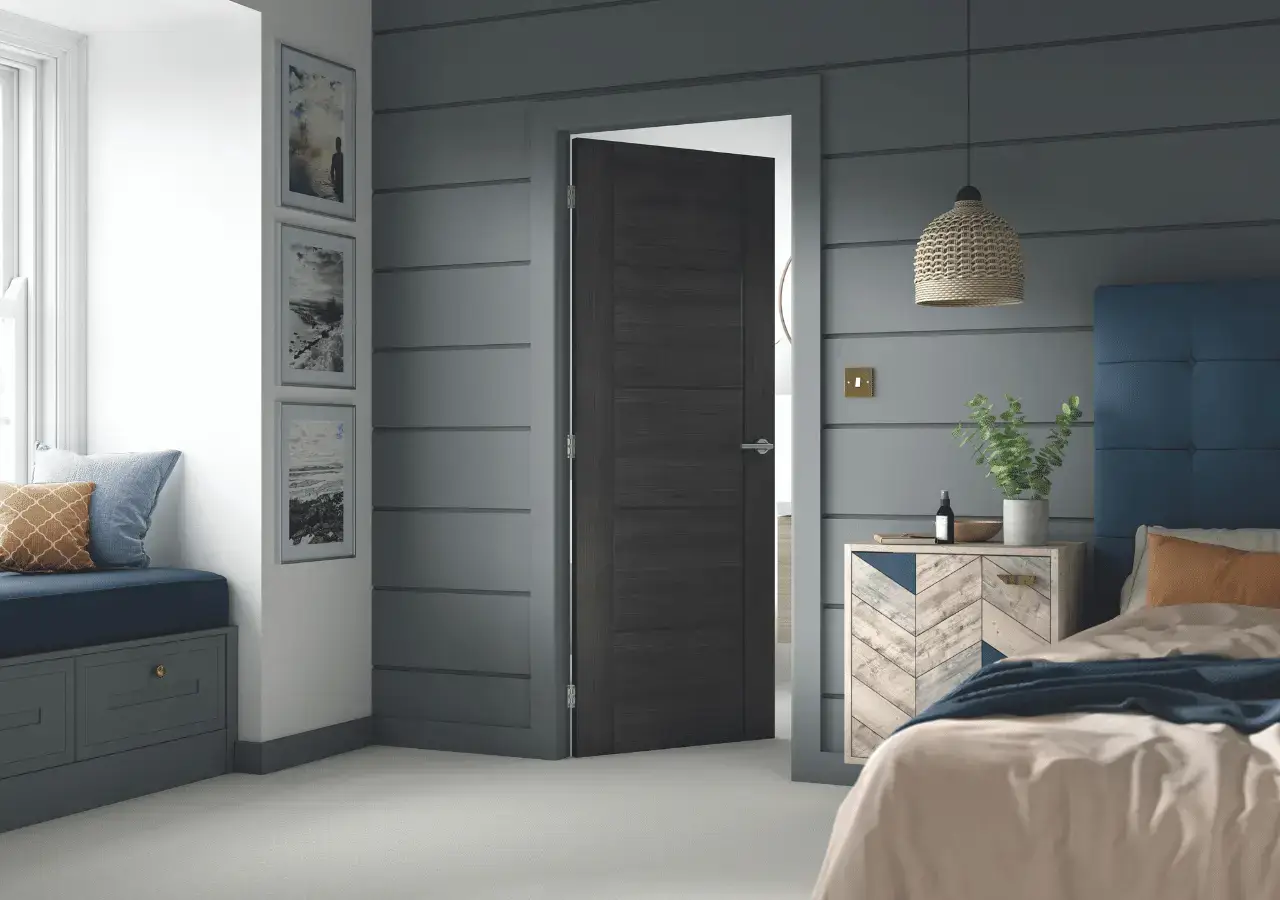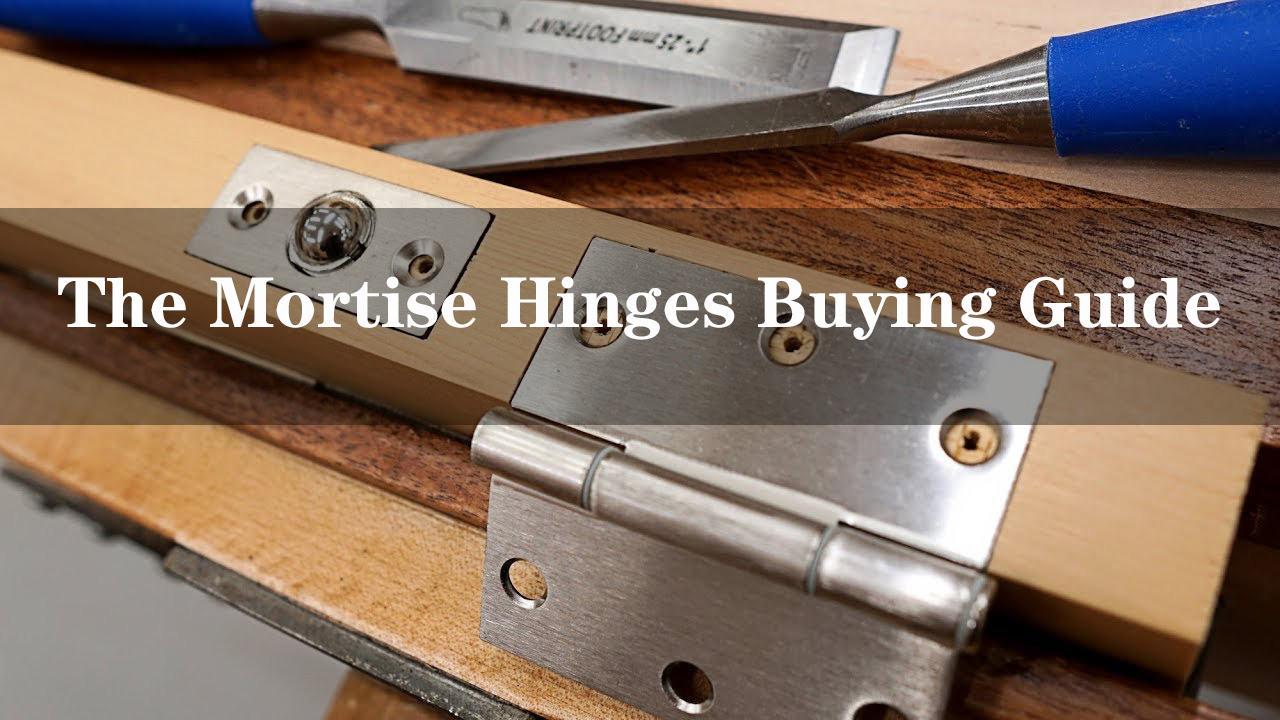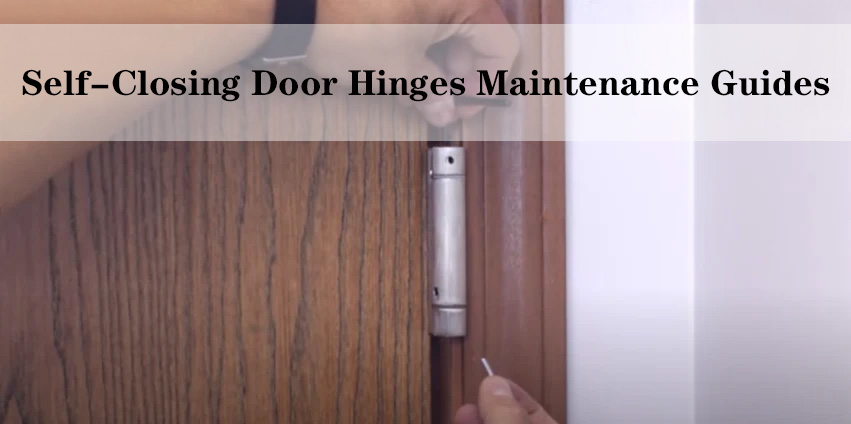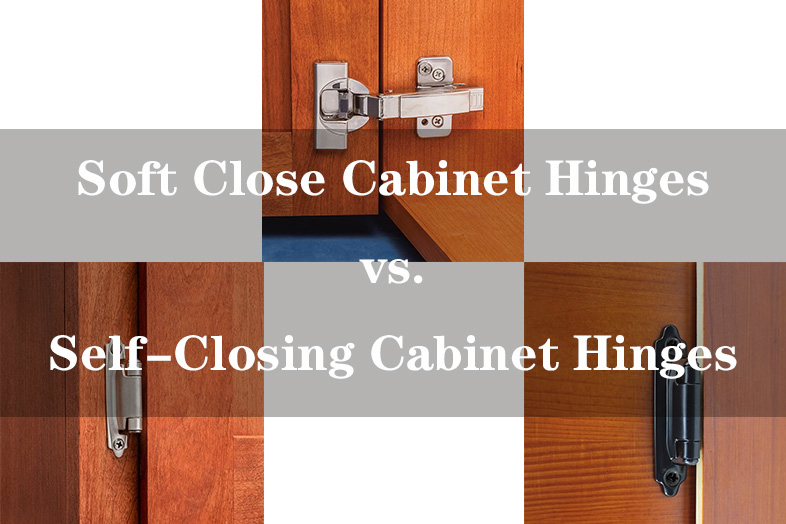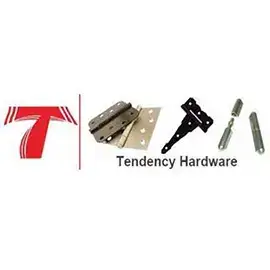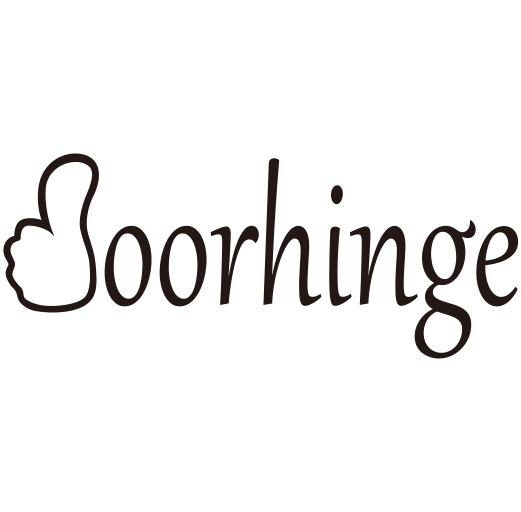Selecting the right hinges for your doors is more than a mere hardware decision; it’s a blend of functionality, durability, and aesthetics, each playing a pivotal role in the overall user experience. While there are several types of hinges available, two popular varieties often steal the spotlight in the decision-making process: butt hinges and friction hinges. Each type comes with its set of unique features and applications, making them more suitable for certain scenarios over others.
In this blog, we dive deep into the world of butt hinges and friction hinges. Understanding their differences is key to making an informed decision that not only meets your door’s functional requirements but also aligns with the aesthetic and practical demands of your space.
Understanding Butt Hinges
Butt hinges, the workhorses of the hinge family, are commonly found in a vast array of settings, stretching from the cozy confines of residential homes to the bustling corridors of commercial buildings. Their design is relatively straightforward yet highly effective: two rectangular metal plates, or “leaves,” are intricately designed with interlocking knuckles. These leaves are then fixed—one to the door and the other to the frame—joined together by a central pin which allows for the pivotal movement.
Pros of Butt Hinges:
Simplicity and Reliability: The beauty of butt hinges lies in their simplicity. This simple design is not just reliable but also exceptionally durable, making them well-suited for a wide spectrum of door sizes and weights. Their robustness ensures longevity, making them a staple in many buildings.
Versatility: Butt hinges do not discriminate when it comes to their application. They are just as at home on a light interior door as they are on a weighty external gate. This versatility makes them a go-to choice for architects and builders alike.

Easy Installation and Maintenance: The installation of butt hinges is a straightforward affair that doesn’t demand specialized skills, making them a favorite among DIY enthusiasts. Moreover, their minimal maintenance requirements, primarily occasional lubrication, add to their appeal.
Cons of Butt Hinges:
Limited Adjustability: Once installed, the room for maneuver with butt hinges is somewhat limited. Adjusting them to correct door alignment or to compensate for any settling in the structure can be a challenging task, often requiring the expertise of a skilled professional.
Aesthetic Intrusiveness: For those striving for a sleek, minimalistic look, butt hinges might not be the ideal choice. Their visible knuckle design, while functional, can interfere with clean lines and modern aesthetics, making them more noticeable than other hinge types.
Exploring Friction Hinges
Friction hinges, also known as stay hinges, represent a significant evolution in hinge technology. Unlike traditional hinges, they are engineered to maintain the position of the door at any desired angle. This is achieved through a carefully calibrated internal mechanism that creates friction, countering the weight of the door to prevent it from moving unless intentionally pushed or pulled.

Pros of Friction Hinges:
Holds Position: The standout feature of friction hinges is their ability to hold a door open at any angle. This is particularly beneficial in settings where you need to prevent a door from swinging shut due to wind or unintentional nudges. For example, in balconies or patios, where doors might need to stay open for ventilation or ease of movement, these hinges are invaluable.

Controlled Movement: Friction hinges allow for a more refined, controlled movement of the door. This feature is excellent for environments where the sudden slamming of doors can be disruptive or even dangerous, such as in quiet office spaces or areas with fragile items. The smooth operation also reduces the stress on the door frame and walls, potentially prolonging the lifespan of both the door and its surroundings.
Safety and Convenience: In environments where hands-free operation is essential, such as in hospitals or commercial kitchens, friction hinges shine. They allow staff to pass through with equipment or trays without the need to prop doors open manually. In educational settings, these hinges can help maintain an open and welcoming classroom environment while still allowing for quick closure when needed for privacy or security.
Cons of Friction Hinges:
Limited Load Capacity: While friction hinges are versatile, they may struggle under the weight of particularly heavy doors. The internal friction mechanism has its limits and might not provide sufficient resistance for oversized or extremely heavy doors, potentially leading to a gradual sagging or inability to hold the door in place.
Wear and Tear: The friction mechanism that makes these hinges unique can also be a point of vulnerability. Over time and with frequent use, the internal components can wear down, leading to a loss of effectiveness. This wear might necessitate more frequent adjustments or even replacements compared to more traditional hinges.
Cost: The advanced design and technology of friction hinges often come at a higher cost. This can be a significant factor for large projects or when working within a tight budget. The initial investment is generally higher than that of standard butt hinges, though some might find the added functionality justifies the cost.
Making the Right Choice
When deciding between butt and friction hinges, your choice should be informed by a comprehensive evaluation of your specific needs:
Purpose and Location of the Door: Assess the primary function of the door. In high-traffic areas where doors are frequently opened and closed, the durability of butt hinges might be more desirable. However, in places where you need to control the door’s position – like in a kitchen where a door might need to stay open for ventilation or in healthcare settings for ease of access – friction hinges could be more beneficial.
Door Weight and Size: Consider the physical attributes of the door. Heavier and larger doors might require the robustness and support of butt hinges. Friction hinges, while versatile, might not perform as well under the strain of significant weight, leading to quicker wear or even functional failure.
Budget Constraints: If budget is a key concern, the cost-effectiveness of butt hinges might be more appealing. They offer reliability and simplicity at a more affordable price point. However, for those willing to invest more for specific functionalities, the higher cost of friction hinges could be a worthwhile expenditure.
Aesthetic Preferences: Aesthetics also play a crucial role. Friction hinges tend to have a more contemporary and less obtrusive look, which can be a significant factor in modern, minimalist design schemes. If the visual impact of the hinge is a priority, the sleeker appearance of friction hinges might sway your decision.
Conclusion
Both butt hinges and friction hinges have their unique advantages and applications. By considering the specific needs of your door, from its location and function to the budget and aesthetic preferences, you can make a choice that ensures functionality, safety, and style. Remember, the right hinge not only supports the door but also the seamless flow and convenience of daily life.
